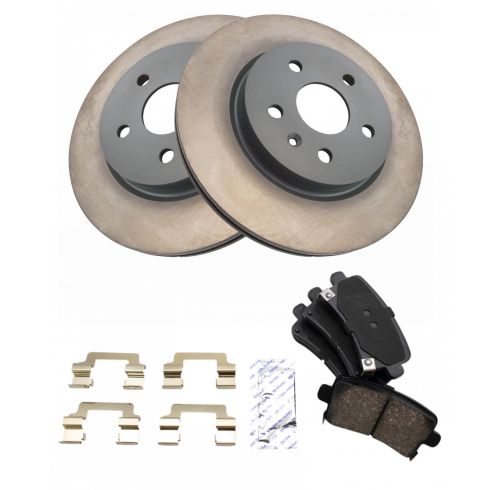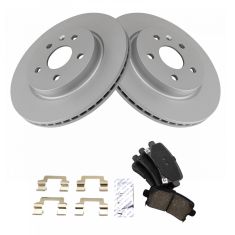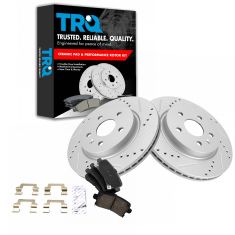1ABFS03168-Chevrolet Buick Cadillac Saab Rear Ceramic Brake Pad & Rotor Kit TRQ BKA86856





Replaces
2015 Cadillac XTS without Heavy Duty Brakes Rear Ceramic Brake Pad & Rotor Kit TRQ BKA86856



Product Reviews
Loading reviews
5.00/ 5.0
2
2 reviews
November 28, 2022
Great product!
September 17, 2024
Pad, rotors and hardware were of high quality and are working well.
Customer Q&A
No questions have been asked about this item.
Cadillac is a registered trademark of General Motors Company. 1A Auto is not affiliated with or sponsored by Cadillac or General Motors Company.
See all trademarks.









